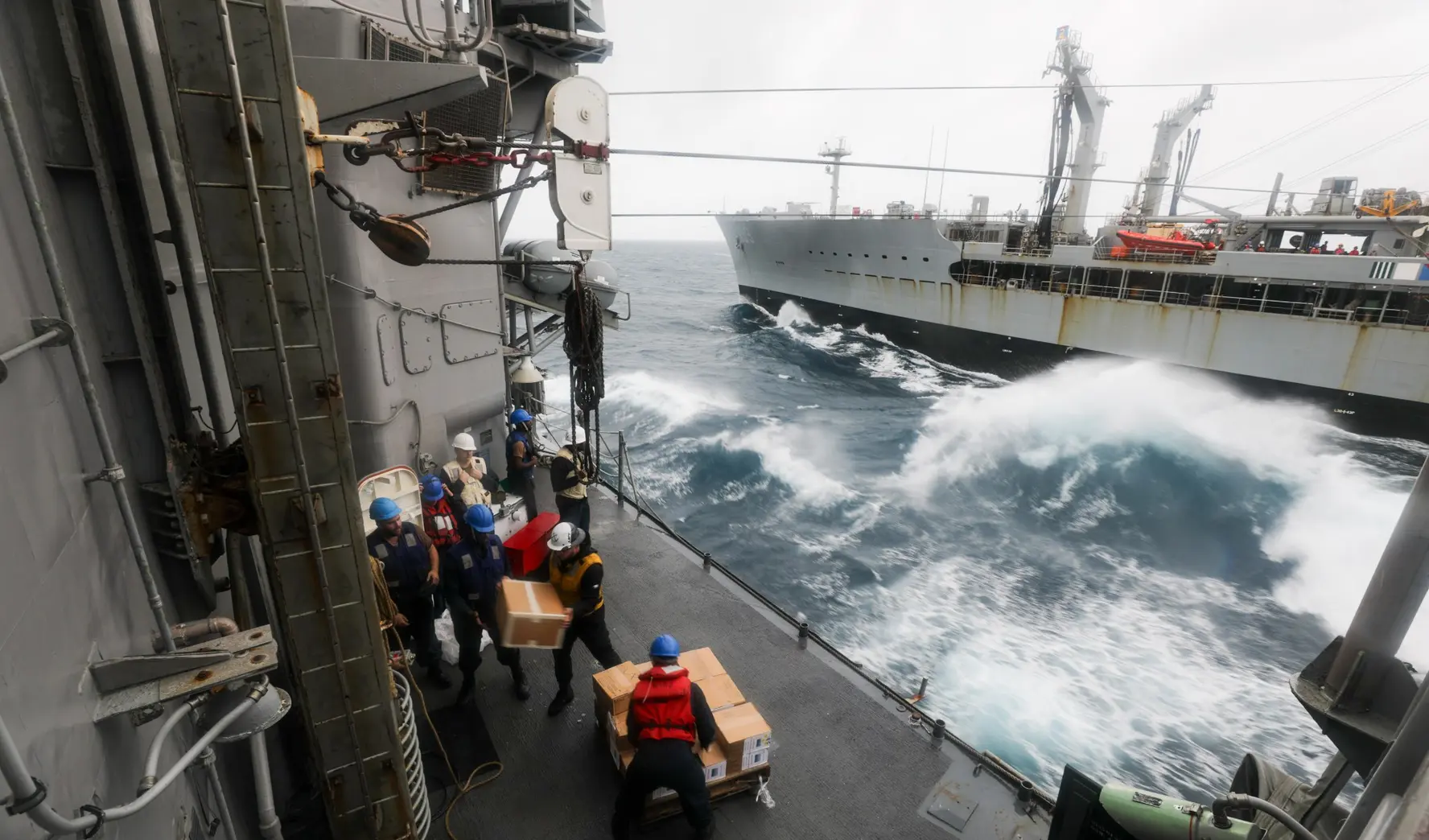
作者/Author(s): Kanna Rajan and Karlyn D. Stanley
網站來源/Source: RAND Corporation
日期/Date: June 23, 2025
關鍵字/Keywords: Military, Logistics軍事、後勤
- 在任何軍事對抗中,後勤都是非常重要的角色。然而,美中若在台海爆發戰爭,美國可能必須在菲律賓和日本進行補給。這意味著它的後勤大多是大型、非武裝、由平民操作的船隻,這很容易被中國海上民兵看到,甚至遭受攻擊。另一個替代方案是使用低成本、快速建造的小型自主水面艦艇進行補給,這些艦艇不易受到攻擊,而且可以大量生產。
- 每艘船最多可運載兩個標準海運貨櫃,並以群體作業的方式運作,因此更為分散且難以偵測。因此就算許多船隻受到攻擊或損壞,對手也不太可能摧毀整條後勤補給鏈。
- 自動化船舶可有效降低人員傷亡風險,並緩解海軍與後勤的人力短缺問題。結合新技術也可使這些船隻更快適應氣候變化或避開敵方船隻。
- 這些船不需港口就可將物資運送至前線部隊,甚至可在作戰區附近待命,僅在接獲請求時才配送物資。
- 美國可以利用 3D 列印技術,在衝突前或衝突期間快速製造這些船隻。
- 這些自動化船舶具有解決後勤問題的潛力,但目前仍屬於新興技術,還是存在風險與限制
- 這些船隻容易受到通訊干擾或敵方駭入。因此,美方須確保這些船隻具備獨立完成任務的能力。
- 美國也必須考慮在沒有船塢的情況下卸下補給品的機制。
- 此外,美國也必須評估國際社會與盟友的海洋與環境法規是否允許部署這類船隻。
- Logistics are crucial in any military confrontation. However, in a war with China in Taiwan, the U.S. may have to resupply from the Philippines and Japan. It means its logistics ships, mostly large, unarmed, and civilian-crewed, are visible and vulnerable to attacks from Chinese maritime militia. An alternative is to resupply using low-cost, rapidly built, and small autonomous surface vessels that are less susceptible to attacks and could be mass-produced.
- Each vessel could carry up to two standard shipping containers while working in swarms, making them more dispersed and difficult to detect. Consequently, the adversary is unlikely to sink the entire logistical supply chain even if many ships are attacked or damaged.
- Autonomous vessels could reduce the risks of human casualties and alleviate workforce shortage problems in the Military Sealift Command. Incorporating new technologies would also allow the ships to adapt to changing weather conditions or evade enemy ships.
- These vessels do not need a port and could deliver supplies to frontline troops anywhere. They could also loiter near combat zones and deliver supplies only when requested.
- The U.S. could produce these ships quickly before or during the conflict by utilizing 3D printing technologies.
- These autonomous vessels have the potential to address logistical issues, but they are novel and, therefore, have risks and constraints.
- The vessels are prone to communication disruption or enemy hacking. Therefore, the U.S. must ensure these vessels can accomplish their mission independently.
- The U.S. must also consider the mechanism of offloading supplies without a dock.
- The U.S. must evaluate whether international and allies' maritime and environmental laws permit the deployment of these vessels.
